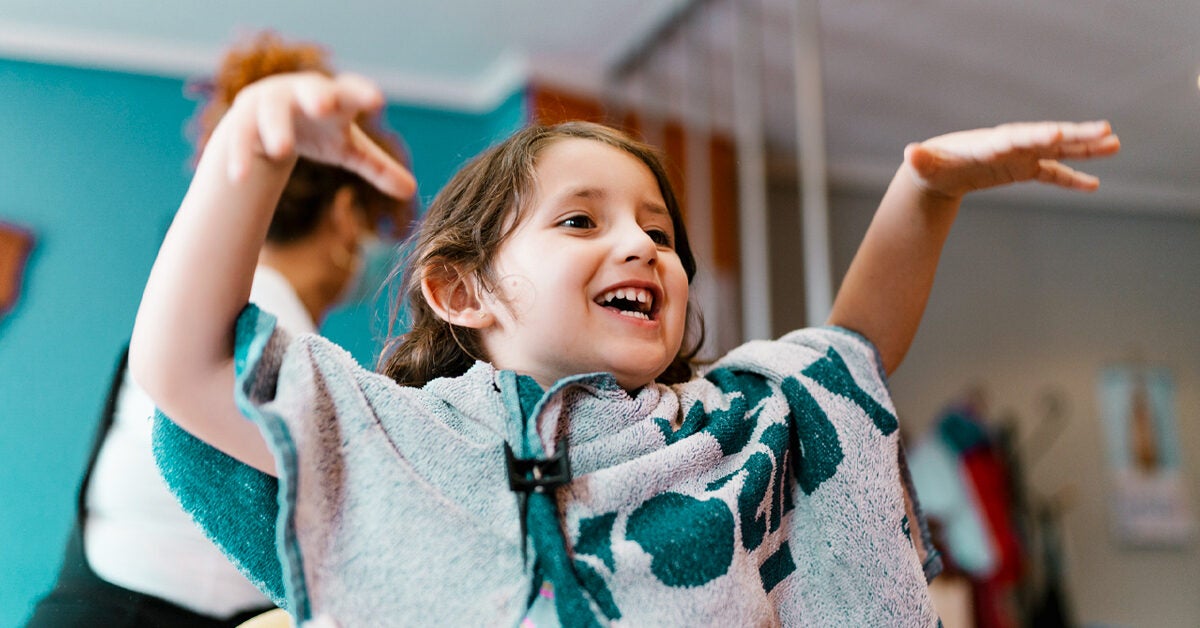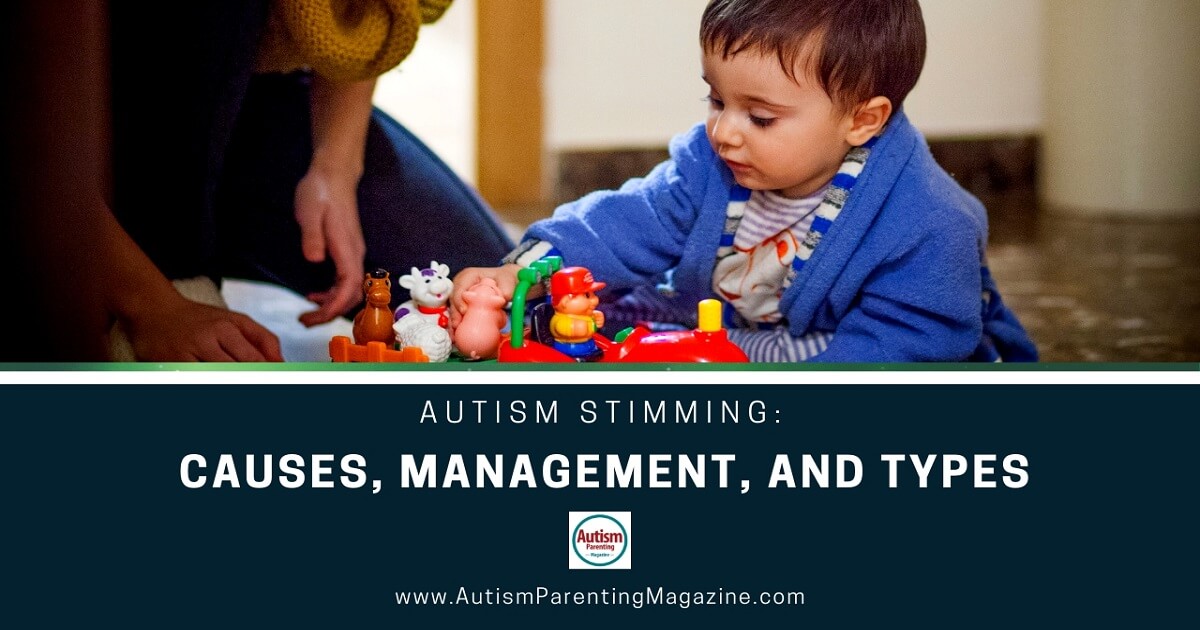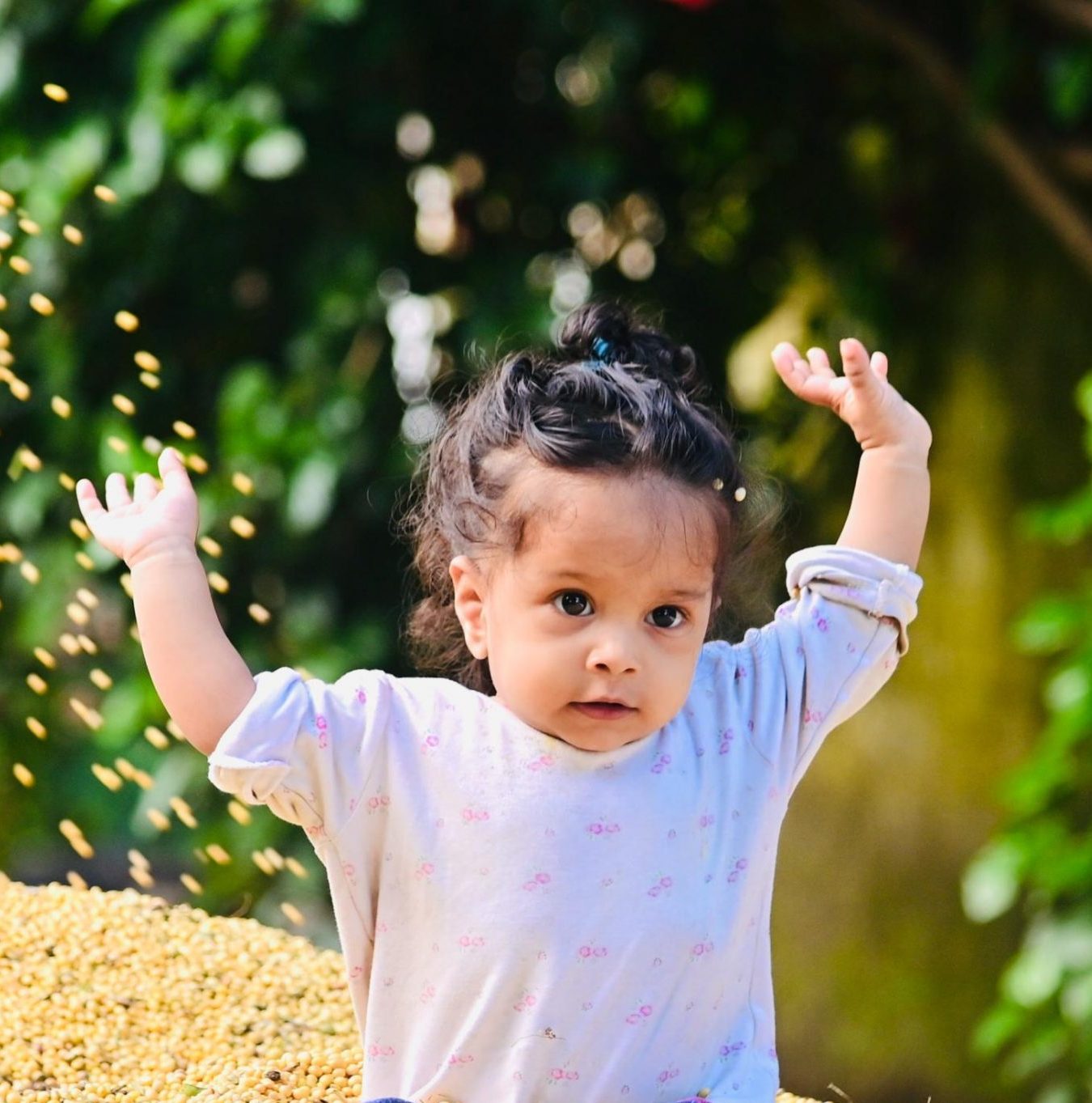Arm flapping is a common behavior seen in children with autism. It may be a result of them being overstimulated, anxious, excited or frustrated. It can also signal they are seeking attention or comforting themselves. Despite the fact that this behavior is often misinterpreted, it's important to understand that arm flapping doesn't necessarily mean something is wrong and can actually be seen as a form of communication for children on the autism spectrum.

Table Of Content:
- Why Is Your Baby Flapping Their Arms?
- 7 Signs Your Infant May Have Autism - Eden II Programs
- Autism Stimming and Hand Flapping: What are the Key Causes and ...
- Hand Flapping: When To Worry - ImmunifyMe Parental Guides
- Movement analysis in infancy may be useful for early diagnosis of ...
- Why does my child with autism flap their hands? - Acorn Autism
- When should you worry about hand flapping?
- Hand Flapping: What is this Type of Stimming? - The Sensory Toolbox
- Autism Stimming, Hand flapping and other self stimulatory behaviors ...
- How to Help a Child with Stimming/Self-Stimulatory Behaviors ...
1. Why Is Your Baby Flapping Their Arms?
https://www.healthline.com/health/baby/baby-flapping-arms Sep 16, 2021 ... Arm flapping may signal that your baby is happy or excited. In other cases, it can be an early sign of autism spectrum disorder (ASD), ...
Sep 16, 2021 ... Arm flapping may signal that your baby is happy or excited. In other cases, it can be an early sign of autism spectrum disorder (ASD), ...
2. 7 Signs Your Infant May Have Autism - Eden II Programs
https://eden2.org/blog/7-signs-your-infant-may-have-autism/ A child at risk for autism might move their hands, fingers, or other body parts in an odd and repetitive manner. Some examples are: arm flapping, ...
A child at risk for autism might move their hands, fingers, or other body parts in an odd and repetitive manner. Some examples are: arm flapping, ...
3. Autism Stimming and Hand Flapping: What are the Key Causes and ...
https://www.autismparentingmagazine.com/autism-stimming-causes-management-and-types/ May 13, 2022 ... Of all the stimming behaviors, hand flapping is perhaps one that is most noticeable in children with ASD. It is a type of repetitive behavior ...
May 13, 2022 ... Of all the stimming behaviors, hand flapping is perhaps one that is most noticeable in children with ASD. It is a type of repetitive behavior ...
4. Hand Flapping: When To Worry - ImmunifyMe Parental Guides
https://immunifyme.com/blog/hand-flapping-when-to-worry/ Hand flapping is something fairly common with toddlers or preschoolers. Children usually demonstrate hand flapping when in an emotionally heightened state.
Hand flapping is something fairly common with toddlers or preschoolers. Children usually demonstrate hand flapping when in an emotionally heightened state.
5. Movement analysis in infancy may be useful for early diagnosis of ...
https://www.ncbi.nlm.nih.gov/pmc/articles/PMC25000/ Sep 17, 1998 ... (v) Arm-and-hand flapping: Arm-and-hand flapping often can be seen in autistic children. It also can appear in normal children, usually for ...
Sep 17, 1998 ... (v) Arm-and-hand flapping: Arm-and-hand flapping often can be seen in autistic children. It also can appear in normal children, usually for ...
6. Why does my child with autism flap their hands? - Acorn Autism
https://www.acornautism.co.nz/blog/2018/5/23/why-does-my-child-with-autism-flap-their-hands May 23, 2018 ... Although a common sign of autism, hand flapping does not mean your child definitely has autism. Many other children flap their arms when ...
May 23, 2018 ... Although a common sign of autism, hand flapping does not mean your child definitely has autism. Many other children flap their arms when ...
7. When should you worry about hand flapping?
https://www.bundoo.com/qotd/hand-flapping/ Hand flapping is usually seen when the child is in a heightened emotional state, such as excited or anxious, and sometimes even upset. Parents are often ...
Hand flapping is usually seen when the child is in a heightened emotional state, such as excited or anxious, and sometimes even upset. Parents are often ...
8. Hand Flapping: What is this Type of Stimming? - The Sensory Toolbox
https://thesensorytoolbox.com/hand-flapping-should-i-be-worried-does-it-only-happen-with-autism/ As a parent, you have an Eagle eye for any new behavior that your child starts doing. If that behavior is hand flapping, you've come to the right place.
As a parent, you have an Eagle eye for any new behavior that your child starts doing. If that behavior is hand flapping, you've come to the right place.
9. Autism Stimming, Hand flapping and other self stimulatory behaviors ...
https://shaylasvoice.com/autism-stimming-hand-flapping-and-other-self-stimulatory-behaviors/ Aug 27, 2020 ... Autism Stimming or stim is a kind of self stimulation and is one of the many indicators of autism spectrum disorder (ASD). A person who stims ...
Aug 27, 2020 ... Autism Stimming or stim is a kind of self stimulation and is one of the many indicators of autism spectrum disorder (ASD). A person who stims ...
10. How to Help a Child with Stimming/Self-Stimulatory Behaviors ...
https://www.speechandlanguagekids.com/flapping-and-self-stimulatory-behaviors/ May 25, 2022 ... What Causes Flapping and Self-Stimulatory Behaviors? Self-stimulatory behaviors are common in children with autism as well as those with sensory ...
May 25, 2022 ... What Causes Flapping and Self-Stimulatory Behaviors? Self-stimulatory behaviors are common in children with autism as well as those with sensory ...
What does it mean when an autistic child flaps their arms?
Arm flapping is a common behavior seen in children with autism and can indicate several things such as being overstimulated, anxious, excited or frustrated. It could also be a form of communication for the child to seek attention or comfort themselves.
How should I respond to my autistic child’s arm flapping?
The most important thing is to not make your child feel ashamed or embarrassed of their behavior but instead try to understand why they might be doing it. When responding, try to offer them comfort and let them know you're there for them if they need anything. You can also provide distraction activities that help redirect their focus from the arm-flapping behavior.
Is arm-flapping always associated with autism?
While it may be commonly seen in those with autism, arm-flapping isn't always related directly to people on the spectrum, but rather could just be an individual's unique way of communicating and expressing themselves emotionally.
Do autistic children outgrow arm-flapping?
Yes, many children will outgrow this type of behavior as they learn other forms of communication and cope better with their emotions without needing to express them through physical means such as arm-flapping.
What should I do if my family members are uncomfortable around my autistic child’s arm-flapping behavior?
If family members are feeling uncomfortable about your child's behavior, it is important to remind them that this is part of who your child is and how they communicate their feelings. Educating family members about this behavior can lead to greater acceptance and understanding of your child's needs.
Conclusion:
Arm flapping in children with autism may at first appear unpleasant but it can signal much more than that – it can reflect a form of communication where words may not yet exist for what your child might be trying to express. Learning about why this occurs and responding appropriately will help foster better understanding between you and your loved one on the autism spectrum..
